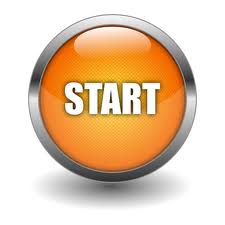

By Dr. Scena Webb May 12, 2017
The information in this article comes from published research I conducted on the failure to attract qualified diversity candidates for leadership positions. Diversity refers to a state or fact of being diverse: difference, unlikeness and variety according to the Collins English Dictionary. Diversity is, by definition, a noun. However, the use of the term in mainstream literature is normally found as an adjective often interchangeably with the term minority.
Projections suggest that minorities will be the largest segment of people working in the United States by 2020 based on research done by the United States Census Bureau. What an opportunity for dialogue and action to incorporate diversity in the workplace!
There are several methods to increase diversity representation in organizations that vary from an applicant perceived fit to an organization perceived fit. While there is information available on diversity in the workplace, this article focuses on the benefits of incorporating diversity of thought into the workplace culture.
In a previous article, I focused on coaching in the workplace. Several practical application tips for incorporating a coaching spirit by setting clear expectations, inspecting what is expected by leaders, performing quarterly performance conversations and celebrating success along the way helps to set an example of diversity of thought in action. Embracing different perspectives in the workforce offers a gateway for organizations to create mastermind groups within their organizations.
 Here is a great place to contextualize the term — mastermind with respect to a group. A mastermind group is a peer-to-peer mentoring concept presented through the work of Napoleon Hill back in 1925 in his book The Law of Success. This work is foundational for people who come together in the spirit of solving problems. Diversity, in this article, is all about introducing the concept of increasing diversity of thought by creating diversity mastermind groups in organizations. Harnessing diversity of thought, which I am advancing, seeks out and engages group members of generational variety and demographic diversity to collaborate on problems for the organization.
Here is a great place to contextualize the term — mastermind with respect to a group. A mastermind group is a peer-to-peer mentoring concept presented through the work of Napoleon Hill back in 1925 in his book The Law of Success. This work is foundational for people who come together in the spirit of solving problems. Diversity, in this article, is all about introducing the concept of increasing diversity of thought by creating diversity mastermind groups in organizations. Harnessing diversity of thought, which I am advancing, seeks out and engages group members of generational variety and demographic diversity to collaborate on problems for the organization.
- Could a mastermind full of diverse members help your organization grow?
- Could a mastermind comprising of various generations help move your organization forward?
Consider new ways of thinking about the diversity, minority and inclusion to fuel a movement toward creating mastermind groups in your organization. The demographic representation of workers in America have the potential to position organizations toward capitalizing on the diversity of cultural experiences that thought-thinkers bring to organizations.
Public organizations will benefit from creating mastermind groups that are reflective of the population being governed. Nonprofit organizations will benefit from infusing the generational diversity of mastermind members in a group. From serving over 21 years in the military, these organizations have benefited for years from bringing together diversity of thought from people of all ages, genders, cultural and demographic backgrounds. Consider the potential for reframing the conversation around diversity in the workplace to represent the new mastermind group.

